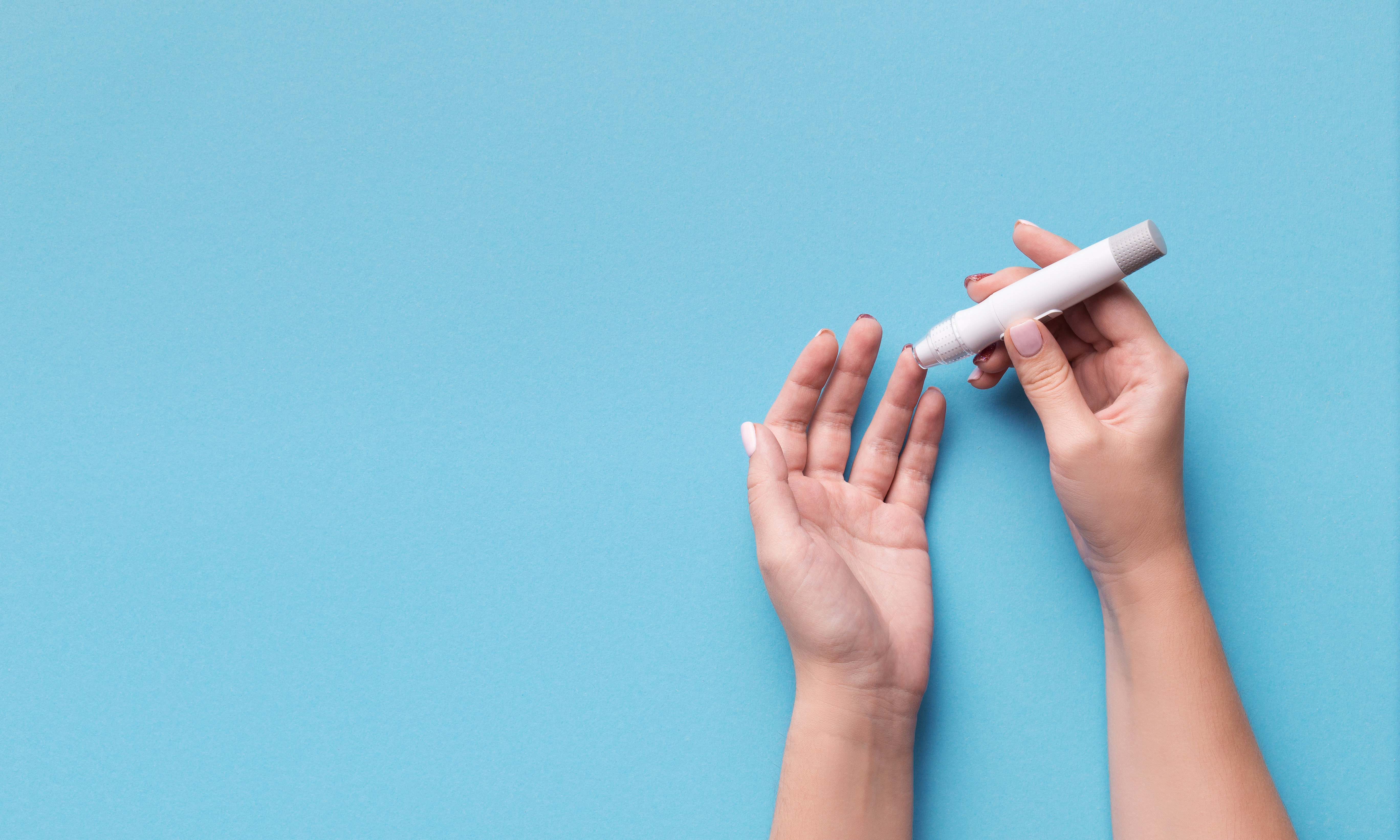
Diabetes Type 1
Diabetes Type 1
Diabetes Type 1 is a condition of the endocrine system (the system of glands that delivers hormones).
To use glucose (blood sugar) for energy, the hormone insulin needs to be secreted by the pancreas, a gland located in the abdomen. A person with type 1 diabetes is unable to produce insulin. Treatment involves closely monitoring blood sugar levels, modifying diet and taking daily injections of insulin.
Type 1 diabetes can affect anyone, but is more common in people under 30 years and tends to begin in childhood. Other names for type 1 diabetes have included juvenile diabetes and insulin-dependent diabetes mellitus (IDDM).

The symptoms of type 1 diabetes include:
- excessive thirst
- frequent urination
- weight loss
- fatigue
- visual disturbances, such as blurred vision
- itching skin, particularly around the genitals
- nausea and vomiting.
Untreated diabetes can severely damage many systems, organs, and tissues of the body. Complications include:
- kidney damage
- increased likelihood of infections such as thrush and also more serious infections
- damage to the eyes (diabetic retinopathy)
- poor blood circulation in the legs and feet, potentially leading to lower limb amputation
- damage to the nerves of the feet
- much higher risk of heart disease and stroke
- sexual impotence.
The pancreas and type 1 diabetes
The digestive system breaks down carbohydrates into glucose. This simple sugar is then transported to each cell via the bloodstream. The pancreas secretes the hormone insulin, which allows the glucose to migrate from the blood into the cells. Once inside a cell, the glucose is ‘burned’, along with oxygen, to produce energy. The pancreas of a person with type 1 diabetes doesn’t make enough insulin to keep blood glucose normal.
Without insulin, the glucose remains in the bloodstream at high levels. The body recognizes the problem and tries to provide the cells with other sources of fuel, such as stored fats. Extensive fat burning can release by-products called ketones, which are dangerous in high amounts.
Tests to diagnose diabetes include:
- Fasting blood glucose test (most common) – blood glucose levels are checked after fasting for between 12 and 14 hours. You can drink water during this time, but should strictly avoid any other beverage. People with diabetes may be asked to delay their diabetes medication or insulin dose until the test is completed.
- Random blood glucose test – blood glucose levels are checked at various times during the day, and it doesn’t matter when you last ate. Blood glucose levels tend to stay constant in a person who doesn’t have diabetes
- Oral glucose tolerance test – a high-glucose drink is given. Blood samples are checked at regular intervals for two hours.
Hypoglycemia
If a person with type 1 diabetes skips a meal, exercises heavily or takes too much insulin, their blood sugar levels will fall. This can lead to a ‘hypo’ (hypoglycaemic reaction). The symptoms include dizziness, sweating, hunger, headache, and change in mood. This can be remedied with a quick boost of sugar (such as jellybeans or glucose tablets), then something more substantial such as fruit. A person with type 1 diabetes should have lollies on hand at all times, just in case.
Immediately after the diabetes test
The fasting blood glucose test will confirm that the person has diabetes if it shows that the level of glucose in their blood is higher than normal when they are fasting.
Sometimes, the test result of the fasting blood glucose test is borderline. If this is the case, a glucose tolerance test may be performed. This test will confirm diabetes if the person’s blood sugar levels stay high for a long time after the tests.







